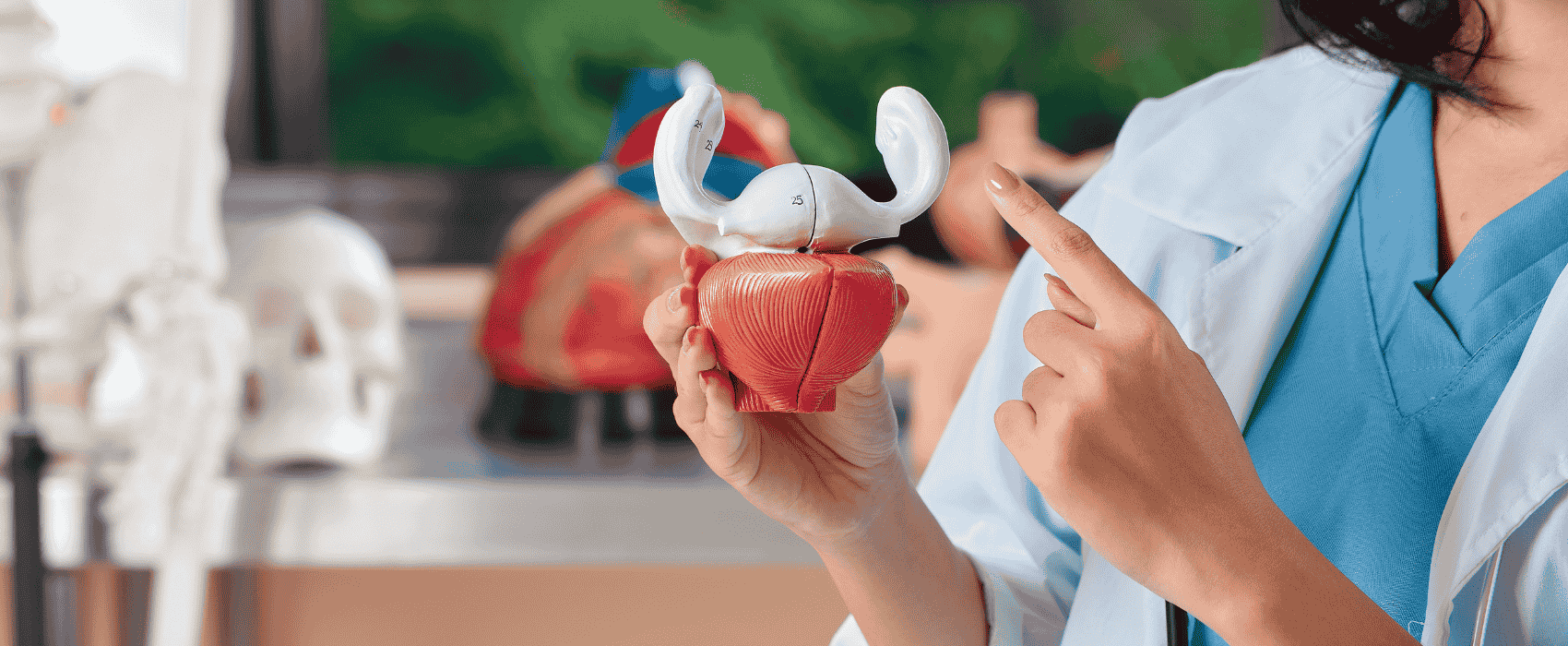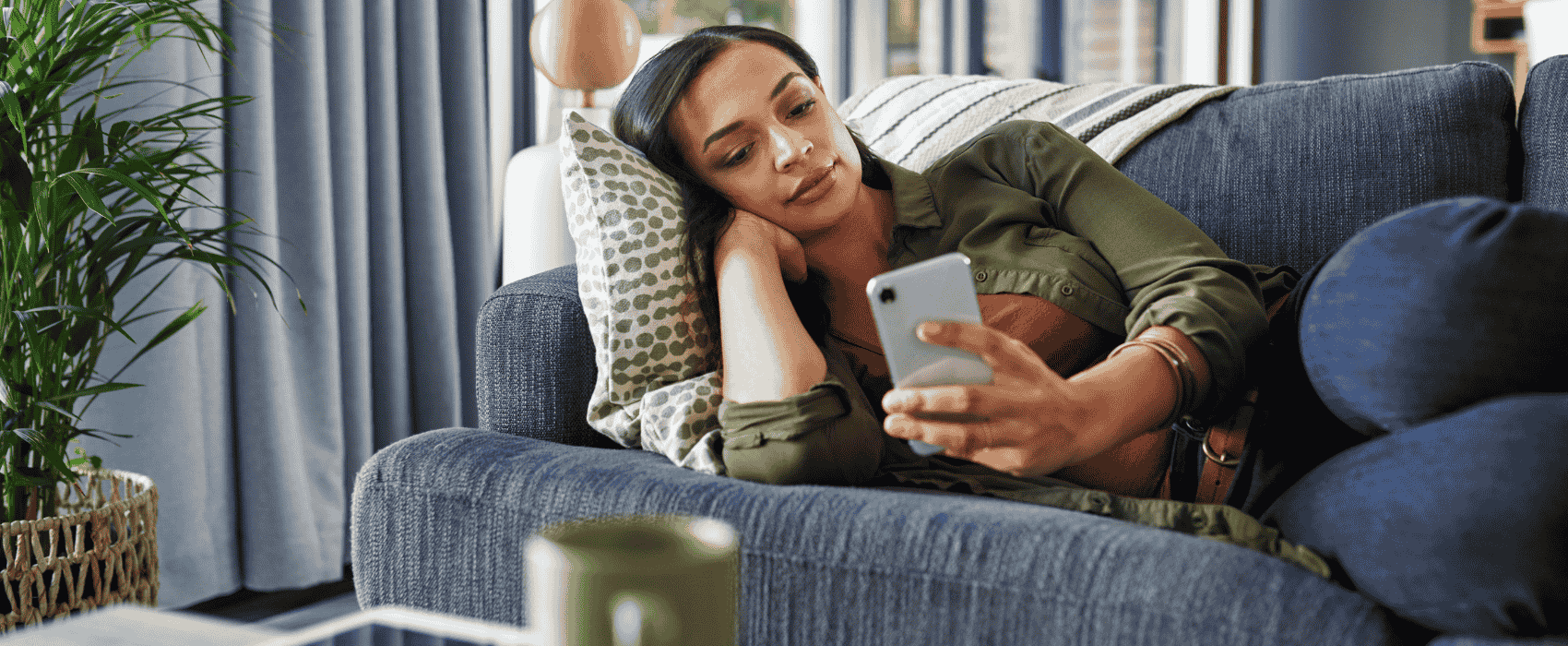
Everyone deserves to take some time off of work and enjoy life. Some people are content with staying home and simply enjoying the time to relax, while others want to pack their bags and explore. If you’re one of the latter, but are suffering from overactive bladder (OAB), it might seem like traveling is impossible. We’re here to tell you that it’s not.
Traveling with OAB is possible and doesn’t have to ruin your trip. While it will be a bit more difficult than managing your regular day-to-day routine, you can do it. With a few preparations and some strategic planning, you’ll be able to enjoy your vacation time without embarrassing mishaps. In this article, we’ll explore some great travel tips for people with overactive bladder.
What is Overactive Bladder?
Overactive bladder is a condition where you feel the need to frequently urinate regardless of if you have a full bladder or not.2 Some people with OAB experience incontinence, making their days more unpredictable. However, OAB is a common urinary condition that affects close to 33 million Americans and it’s nothing to be ashamed about.1 There are numerous treatments to help you manage your symptoms and reduce the negative impacts that OAB may cause in your life. The first step involves understanding your symptoms.
Symptoms in Adults
A lot of people experience occasional incontinence, which is different from overactive bladder. Overactive bladder present itself with symptoms such as an urgent and uncontrollable need to urinate, frequent involuntary loss of urine, frequent urination, and waking up multiple times throughout the night to urinate.1 OAB can greatly affect a person’s lifestyle, so it’s important to talk to your doctor if you notice any of these symptoms. There are treatments available to help you mange.
Symptoms in Children
Kids are known for having accidents, but sometimes these accidents are caused by overactive bladder. If your child is having frequent accidents or goes to the restroom excessively, OAB may be to blame.1 Other symptoms include an urgent or frequent need to urinate or not feeling as if they’ve emptied their bladder completely.1 To learn more about overactive bladder in children, check out this helpful article.
As children get older, symptoms of OAB will start to dissipate—if they don’t, contact your doctor to find the underlying cause and create a treatment plan.
Treatments for OAB
There are a number of things that contribute to overactive bladder symptoms, but there are also many treatment options. Through a combination of pelvic floor therapy, nerve stimulation, and medication, you can learn to manage your overactive bladder symptoms.1 Talk to your doctor or urologist today to learn more about how you can treat OAB.
Traveling with Overactive Bladder
Traveling with an overactive bladder is possible; you just need to be prepared. Allow yourself to enjoy your travels by following these great tips.
Planning Your Route
If you’re taking a road trip, create an itinerary. Map out your route and take notice of any rest areas along the way. Know where the exits are and if you’re trying to estimate a time of arrival, don’t forget to include pit stops. Plan to stop roughly every 2-4 hours to reduce strain on your bladder and avoid any incontinence issues.
If you’re going to be flying, try to get an aisle seat. This will allow you to use the restroom en route without having to ask people to move. As an added safety, take a look at the layout of the terminal in both the departure and arrival cities.
Limit Your Liquid
Prior to leaving for your trip, limit your liquid intake. This is will help you avoid too many bathroom trips, thus shortening your delays. If you do happen to get stuck in traffic or have flight delays, a reduction in liquids won’t put excessive pressure on your bladder. Since changes in cabin pressure can affect your bladder, try to limit your intake about two hours prior to taking off.3
Train Your Bladder
Another important way to prepare for travelling is to train your bladder. There are a number of different exercises you can do to help manage incontinence and alleviate OAB.
- Timed Voiding
One of the most effective ways of training your bladder is through timed voiding. Timed voiding is the process of emptying your bladder on a strict schedule, whether you feel the need to urinate or not.2 As you progress through training, you will gradually increase the time between voiding, which helps you fine tune bladder control.2
If you’re unable to increase the time in between voiding, that’s okay. Since you’ll know when you need to go, timed voiding will still help you with travel planning and preparations.
2. Kegels
Contrary to what you might think, both men and women can do kegels. They’re a great way to strengthen your pelvic floor muscles and your bladder muscles. If you’ve never done a kegel before, just imagine the muscle movement you need to stop urinating mid stream. That’s the same contraction performed during kegels. Learn more about how to do them here.
3. The “Freeze and Squeeze”
If you suddenly feel the need to urinate, most people with OAB start to panic and run to the nearest restroom. To give yourself more time, stop what you’re doing and do a few kegels.3 This will help give you enough time to get to a bathroom without running through crowds.
Dress for the Occasion
Finding something that’s comfortable to wear during your journey is pretty straightforward. Bring a spare outfit, just in case. We also recommend wearing back-up incontinence protection to avoid any embarrassments. There are hundreds of different products on the market, but it’s best to test them out before the day of the big trip. Find something that’s comfortable for you and stick with it. It’s always better to be prepared for the worst.
Reduce Irritants
To keep overactive bladder under control, you need to make lifestyle changes and practice good habits. As we all know, this can be hard. It’s even more difficult during vacations. To make sure you’re prepared, make these changes before you leave. Condition yourself to develop habits that help alleviate OAB symptoms such as reducing in irritants like coffee or carbonated drinks, getting enough exercise, and getting your diet in check. Certain foods will help you manage OAB, while others will make it worse.
Packing Tips
To make sure you’re covered for your trip, over pack your suitcase. Yes, we know that’s contradictory to the mentality of minimalistic travel, but when dealing with OAB, you want to have everything you might need at the tip of your fingertips. Bring extras and put together an emergency kit for worst-case scenarios.4 Include plenty of incontinence protection (absorbent liners, briefs, or pads), extra underwear, and any creams, catheters, or medications that you’ll need. To make sure you’re prepared, throw in some hand sanitizer and tissue paper.
In addition to plenty of extra clothes and incontinence help, don’t forget to pack your overactive bladder medications. Talk to your doctor about stocking up on extras if you’re going to be gone for extended periods of time and see if you’re a good candidate for bladder relaxants. If you’re going to be trying any new medication, do so well before your trip so you know how it affects you.4
Consider Catheterization
If you’re worried about incontinence issues, talk to your doctor about whether or not catheterization is right for you. Intermittent catheters can be used sparingly throughout the day while indwelling catheters will be left in for longer periods of time. To learn more about catheterization options, talk to your doctor or urologist before leaving for your trip.
Brush up on Languages
If you’re taking an international trip, spend some time familiarizing yourself with some commonly used phrases, especially those relating to the bathroom. At the very least, master the word toilet in the language of your final destination. This will help you ask where the bathroom is in confidence, regardless of where you are.
Conclusion
If you’re planning a trip with overactive bladder, don’t worry. As long as you make the preparations mentioned in this article and practice bladder training, you will be able to enjoy your time off. If you have any questions or concerns about traveling with overactive bladder, talk to your doctor or urologist today. To learn more about overactive bladder and other urology problems, or need supplies or educational resources, visit our educational support page or our product selection guide. Byram Healthcare is a full-service urological care supplier and offers a wide selection of high quality urological supplies that are discreetly delivered to your home. We also offer a team of knowledgeable urological customer service specialists to help answer questions and offer you personalized, confidential services.
Sources:
1https://www.healthline.com/health/overactive-bladder#child
2https://www.bcm.edu/news/urology/traveling-with-overactive-bladder
3https://www.urologyhealth.org/careblog/tips-for-dealing-with-oab-on-summer-trips




